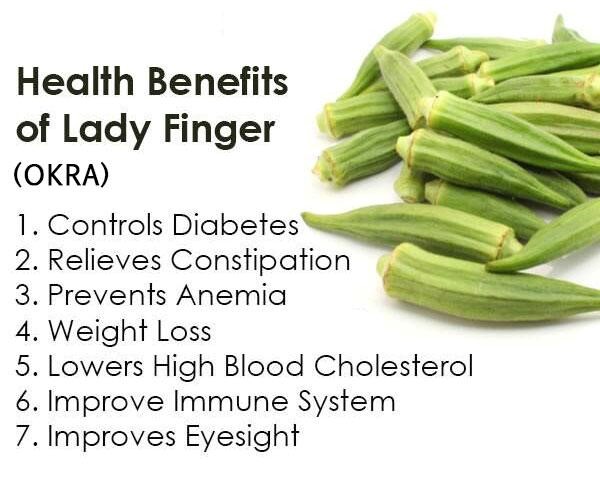Okra also Known as ‘lady’s fingers,’ or locally as ‘delele,’ or ‘mulembwe’ is a very nutritious crop.
Okra Growing Tips
Okra
is one of many vegetables which produces edible pods. A member of the mallow
family, the plant itself is coarse, tall. Okra
is simple to grow during warm seasons, or throughout the year in areas that are
more tropical.
Here
are a few steps to take note of for growing okra:
1.
Begin by planting seeds. Plant 3 - 4 seeds together
about 0.5 - 1 inch deep.
2.
Be sure to separate each planting by about 6
inches, and separate each row of plants by about 2 feet if you plan on growing
a large amount.
3.
After planting, water each area gently with water.
Don’t water to the point of puddles forming.
4.
As the plants break the surface, thin them out and
space them about a foot apart as they will widen quite a bit as they mature.
5.
Once the seed pods form and grow to 3 - 4 inches in
length, they are safe for picking. Be sure to check back routinely for more
picking.
6.
Okra grows best in well-drained and manure-rich
soil, and takes about 45 - 60 days to get harvestable fruits.
Health Benefits of Okra
Okra is great for:
1.
Preventing diabetes.
2.
Promoting colon health and preventing colon cancer.
3.
Boosting digestive health.
4.
Weight management.
5.
Promoting a healthy pregnancy.
6.
Maintaining healthy skin.
7.
Protecting against free radical damage.
8.
Relief from respiratory issues like asthma, cough,
or trouble in breathing.
9.
Promoting eye health.
10. Boosting
mood.
11. Constipation.
This is where we will be ending our discussion for
today. Remember to share your comments
views and opinions.


Comments
Post a Comment